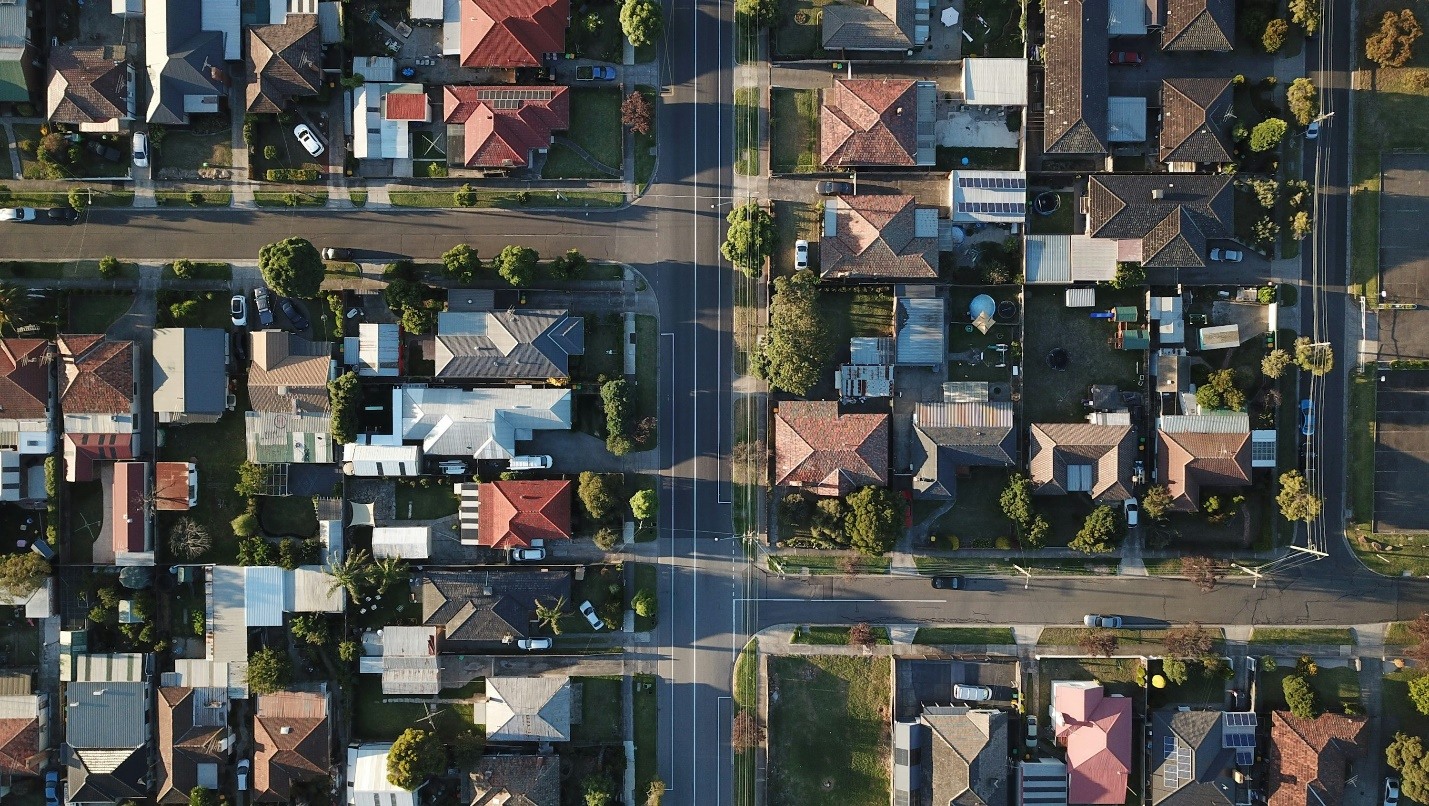Uncover the intricate layers involved in a successful fix-and-flip real estate investment, from market analysis to hands-on renovation and strategic selling.
Finding the Right Property: The Hunt Begins
The journey of a successful fix-and-flip starts with finding the right property. This phase requires a keen eye for potential and an in-depth understanding of the local real estate market. Investors must sift through numerous listings, attend open houses, and sometimes even knock on doors to find properties that offer the best opportunities for profit.
Beyond just looking at the aesthetics, it's crucial to assess the structural soundness of a property. Collaborating with real estate agents, using local municipal databases to identify foreclosure sales, and having a direct marketing strategy to source off-market transactions can also provide a competitive edge in finding the best deals.
Financing Your Fix-and-Flip: Securing the Capital
Once a suitable property is identified, the next step is securing the necessary capital. Financing options for fix-and-flip projects are diverse. Traditional bank loans, hard money loans, and private lenders like InstaLend are some of the common sources of funding.
Each financing option comes with its own set of terms and conditions, so it's important to choose one that aligns with your financial strategy and timeline. Adequate planning and securing funds early can prevent costly delays and ensure that the project stays on track.
Renovation and Repairs: Adding Value
The core of a fix-and-flip project lies in the renovation and repair phase. This is where the real transformation happens. Investors need to have a comprehensive plan that includes both cosmetic and structural improvements to boost the property's market value.
Working with skilled contractors, managing timelines, and staying within budget are critical to the success of this phase. Attention to detail and making smart, cost-effective choices can significantly enhance the final sale price while keeping expenses under control.
Marketing and Selling: Closing the Deal
After the renovations are completed, the focus shifts to marketing and selling the property. Effective marketing strategies can include professional photography, virtual tours, and staging the home to appeal to potential buyers.
Networking with real estate agents, hosting open houses, and leveraging online real estate platforms can help attract a larger pool of interested buyers. The goal is to sell the property quickly and at a profit, so having a solid marketing plan is essential for closing the deal successfully.
Learning from Each Flip: Continuous Improvement
Every fix-and-flip project is a learning opportunity. After completing a flip, it's crucial to analyze what went well and what could be improved. This continuous improvement mindset helps investors refine their strategies and increase profitability over time.
Keeping detailed records, seeking feedback from contractors and real estate agents, and staying updated on market trends can provide valuable insights for future projects. The more experience you gain, the more adept you become at navigating the complexities of fix-and-flip investments.









